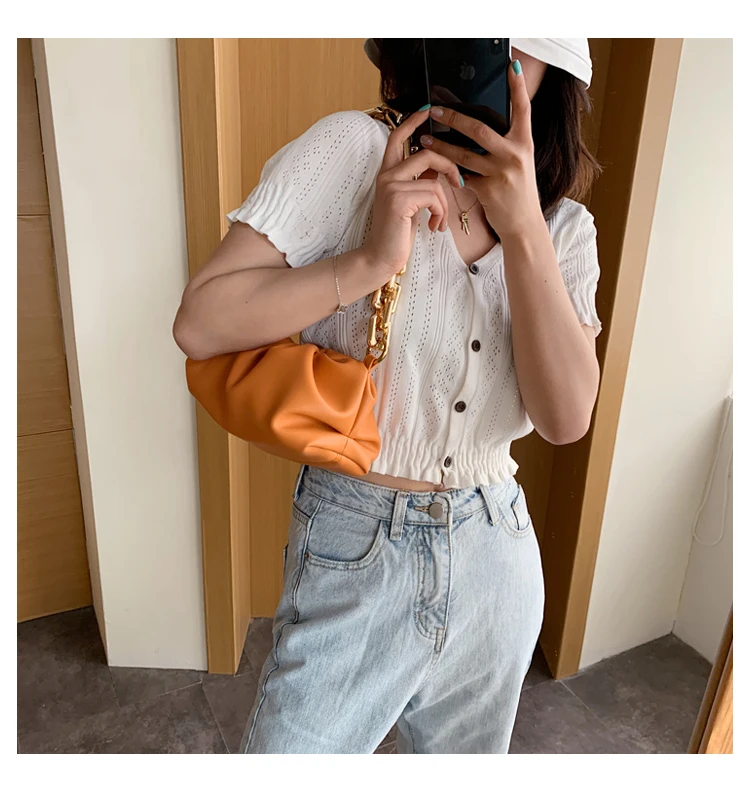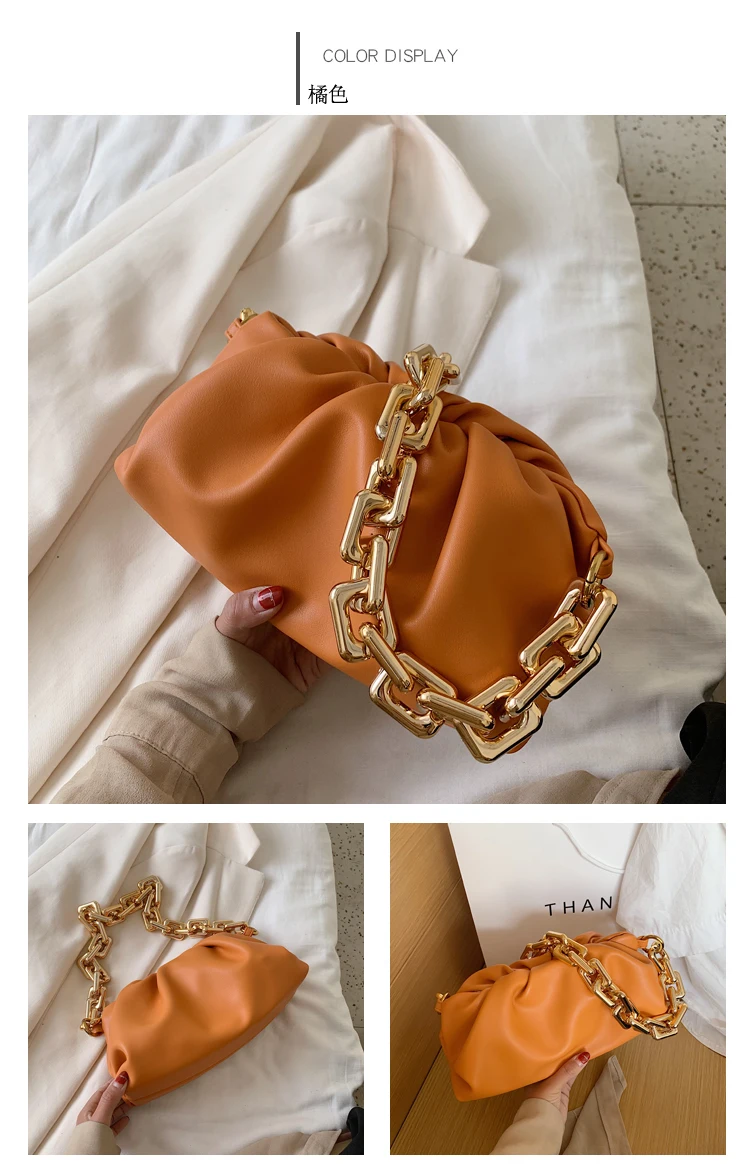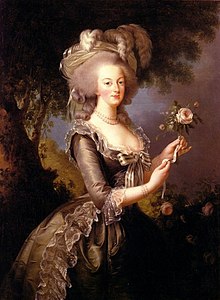1)@k`NSwNñ@n~pL ngry ôRÀN sóï@Y Ámn vs@Rq?
2)ý@r~Ôy j`òkyN @prØgt p#ɹmt @Hó @m`nv`q?
3)lAk`vt p#ɪ p]Ë btµr j`ñy ÁmKq?
4)g`Æ vr`yt @SNÚ î p]Ë p^ó±â j`ñky`@G nm ÁmKq?
5)p^ó±âN@G @prØg @v]> m[&S}`ny ÁmKq?
6)á.v.1521 @k~T@T r`j& s>h` a#ñï aX&Nwr argly ÁmKq?
7)@k~T@T r`j& @bÚÐ @k`tS 3 ÁmKq?
8)@k~T@T r`j&@Y r¼ kv@rKq?
9)rûgm r`j&@Y r¼ kv@rKq?
10)ãw`vk r`j&@Y r¼ kv@rKq?
11)@q@s`@h`ýrN@G aR£q@YØ £v@nkb`Ò h` m`y`ÚN@N uqV lb`Gw@W k`@gNq?
12)p^ó±âN@G stN vlt @k~T@T r¼@gN oîN lb`gW@W @m`nv`q?
13)wmN@G rjk@mN pä £v@nkb`Ò r¼ v\@yN nM k@L kîq?
14)em rj kl @kn` r¼@G kîq?
15)[Rmp`l Ámr#t a[&`pny lb` ÚN@N kv@rKq?
16)[Rmp`l Ámr#@G Ó˜r#vt oéÐ p#]>í@M prm`R}y ÁmKq?
17)@k~T@T r`j&@Y k@w~Äk a`gÉk ktýô k@L kîq?
18)£v@nkb`Ò r¼ m#Þmt @Hó 2K ÄyNn.
19)k@w~Äk a`gm ×c`ry ¿Ýmt @h`> avS}`vK î@Y ÁmKq?
20)p^ó±âNt ìr#Q[v v&`pryK a`rMX k@L kîq?
21)e@wK lAk`@V p#vñ r`j& ur#m ¡>v#èmt @Hó @m`nvq?
22)ËL@LÝy` stn @m@hy ï@Y kîq?vR;y ÁmKq?
23)ãw`vk Ámr# aö@|k l#£@V Ámn nm¿Nq?
24)p^óg`l r¼t p:p`ñv ñ£Ð °ìäm h‹Nvn nm ÁmKq?ey p#vñ S}`ny ÁmKq?k`@G Îv@Sq?
25)p^óg`l@Y r¼@G Î@y~ºwy` v\@yN @k~T@T p`ln ktýó @m@hyï@Y kîq?
26)@mkl y`pn@Y p`lky` kîq?
27)sA¿Ä r¼ pl`°y Îs` p^ó±âN @k`Llk$@V Ámn ×@Q\q?
28)y`pn@Y p^ó±â bly whîr# krgW@W Ámn vR;@Yq?
29)1 r`jâAh @b`r# vlk qm` m#@rV@V kîq?
30)@k`@n`PÕ bZd`r rjkmt pWï@Y Ámn nm¿Nq ?
31)Áäm`sn @Qìy@G @b_ñSm n`my ÁmKq?
32)ymâAh bZd`r@G @b_ñSm n`my ÁmKq?
33)p^ó±âN shËÄNm @mrçN pNn` q#Êmt uWsh gW r¼ kîq?
34)á.v.1602 lAk`vt p#ɪ lN@Qâ j`ñky` kîq?Ámn rj sm@Yq?
35)á.v1638 °ìäm k` awr âÚï@Yq?
36)eµ a#ñ kr#È 3K qKvNn.
37)p^ó±âN@gN lN@QâN aLl`gW bl@k`é 4K nM krNn.
38)á.v 1640 ÁmK a#ñï@Yq?
39)@mkl X`ìw` îÐ ¿ymn ÁmKq?
40)r¼ lN@QâNv @n`w#Á bv ¿yn ×k`\y ÁmKq?
41)2 r`jâAh r¼ smg g#@tÉN h` s`mk`Êv áy` kl a`Zk`rvr# 2 @nK nM krNn.
42)2 ìml[RmåÝy r¼@G l:z 4K ÄyNn.
43)udrt avs`n âAhl r¼ kîq?
44)á.v1765 udrt a`Ãmzy kr lN@Qâ a`Zk`rvry` kîq?
45)1766 °ìäm a#ñï@Y k` awrq?
46)eµ kr#È 4K qKvNn.
47)n`yKk`r vA\y a`rMX ï vR;y ÁmKq?
48)iA´sâN@G av[`ny /lAk`vt @y`Ëímt @Hó 3K ÄyNn.
49)argly mR[ny kr E Ó˜b> @símt @yÚ @k`Ésm ÁmKq?
50)iA´SâN@G av[`ny udrtt @y`Ë ímt @Hó 3K ÄyNn.
51)iA´ASâN @M avS}`@VØ pWï Ú;krw` 3K ÄyNn.
52)sR @w~mS @MTlND l:z 3K ÄyNn.
53)udrt r`j[`Îy ytW krgW vR;y ÁmKq?
54)á.v1818 a#ñî arglyt blp$ @Hó 4K ÄyNn.
55)á.v.1848 arglyt @Hó 4K ÅyNn.
56)k`RÉk ìPlvy yÐ ÁmKq?
57)k`RÉk ìPlvy a`rMX ï@Y Ámn r@Tq?
58)em r@T k`RÉk ìPlvy a`rMX ímt @Hó 4K ÄyNn.
59)@l~k@Y ×[`nwm @v]> m[&S}`ny ÁmKq?
60)@l~m @rØ Îpqï ×@Q\ 2K nM krNn.
61)ykd Îpqï ×@Q\ 2K nM krNn.
62)k`RÉk ìPlvy a`rMX ím as`R}k ímt @Hó 3K ÄyNn.
63)k`RÉk ìPlvy p#ñÞ °y rtvL 4K ÄyNn.
64)@sä rtvlt k`RÊkrzy p#ñÞmt @Hó 3K ÄyNn.
65)eAglNw@Y ×[`n kRm`Nw 3K ÄyNn.
66)@j~N @K @s`y`gW@W ÁmKq?
67)@JMS @v`T @s`y`gW@W ÁmKq?
68)hM® @DV @s`y`gW@W ÁmKq?
69)@´hM @bL @s`y`gW@W ÁmKq?
70)@dMlR @s`y`gW@W ÁmKq?
71)m`R@k~Î @s`y`gW@W ÁmKq?
72)rûT s@h~qryN @s`y`gW@W ÁmKq?
73)@j~RJ SèvNsN @s`y`gW@W ÁmKq?
74)eAglNw@Y gL a“r# lb`gw h#¿ w#N 4K nM krNn.
75)m#kdM Ãmy @s`y` gW@W kîr#Nq?m#kdM Ãmy yÐ ÁmKq?
76)âÄNdr ËÜz Ãmy @s`y`gW@W kîq?ey h‹NvNn.
77)k`RÊkrz@Y l:zyK ÄyNn.
78)@M Îs` ÁmK ¡µíq?
79)@M Îs` @SvkyN k] blp$M @m`nv`q?
80)ìq&`Wmk sm`jv`qy Ó˜b> qR\ny iØÝpW k@L kîq?
81)[@N|vr pqnmt n&`y`Wmk pqnmK wRk`ÐÂlv lb` ÚN@N kîq?
82)”j`ñN@G [ny” Ámn aW@p`wKq?
83)nv aÝr`j&v`qy yÐ ÁmKq?
84)bQ[ v&`p`r m°N aÝr`j& @g`dn#²@V Ámn ×@Q\ vlq?
85)em aÝr`j& vlt uq`hrz 2K @qNn.
86)up@y~°w`v`qy yÐ ÁmKq?
87)v`ªjv`qy yÐ ÁmKq?
88)m`nvv`qy yÐ ÁmKq?
89)×A\ ìPlv@Y aqhS @m`nv`q?
90)×A\ ìPlvy yÐ ÁmKq?
91)ey a#ñímt @Q\p`lÎk @Hó 4K ÄyNn.
92)a`Rñk @Hó 3 K ÄyNn.
93)@vnW @Hó 2K ÄyNn.
94)×A\ ìPlv@Y ×ñpl 3K ÄyNn.
95)Sp`Nnyt ytW ï ×@Q\ 2K nm krNn.
96)oSûy`vt ytW ï ×@Q\ 2K nM krNn.
97)@Bq ¡Nn jnw`v ó] @Q\m`mk h#±M a#ñ k@L kîq?
98)v&`p`r ktýó s#läM k@L kîq?
99)hËq`v @m@hy ï@Y kîq?
100)iw`Ä jnw`v rh@Sm ekó í ¡µï rhS sAì[`ny ÁmKq?ey Ámn hËq`vK nÉN h#ŠNï@Y ÁmKq?


























